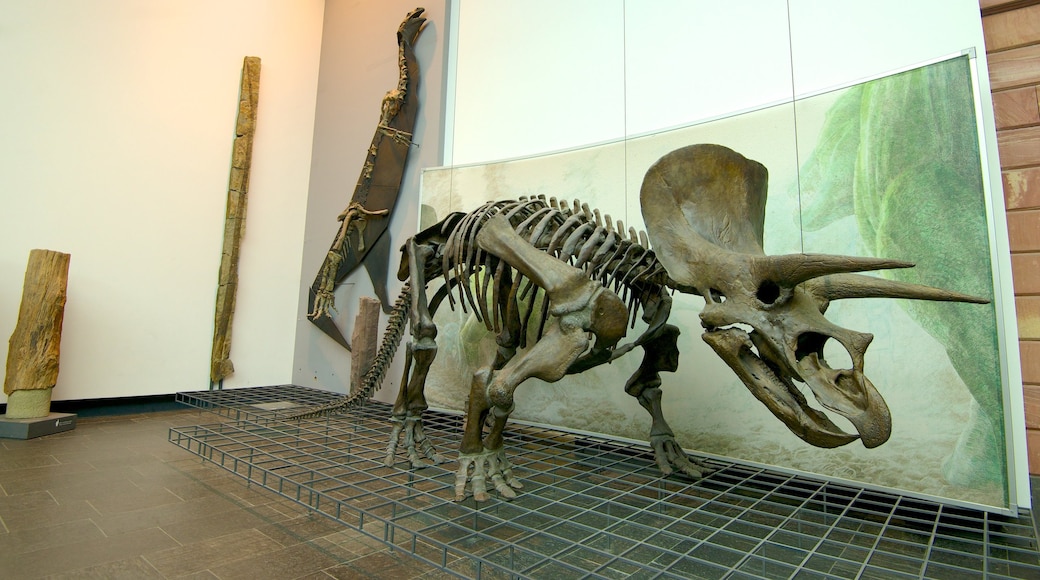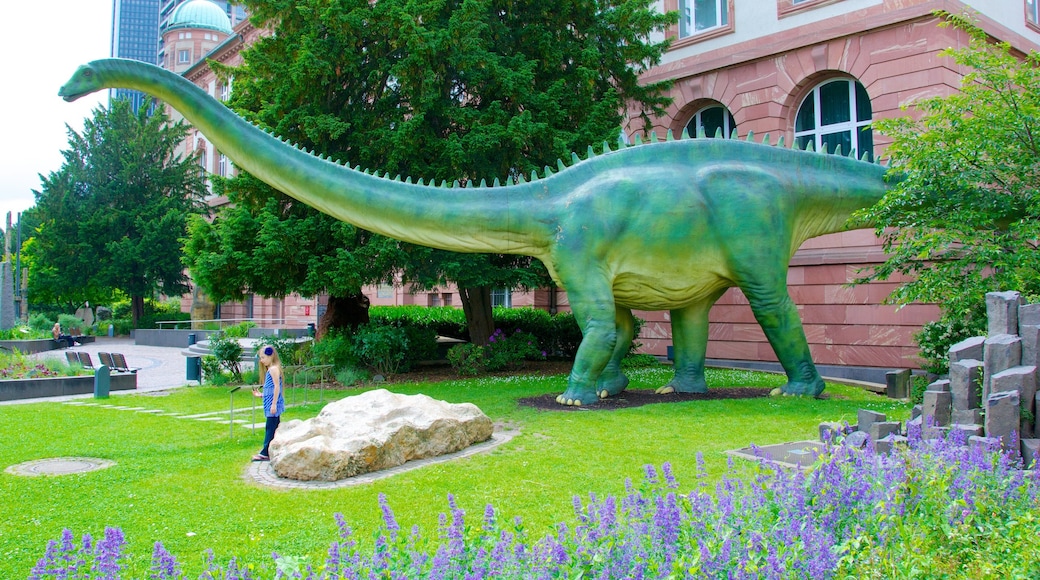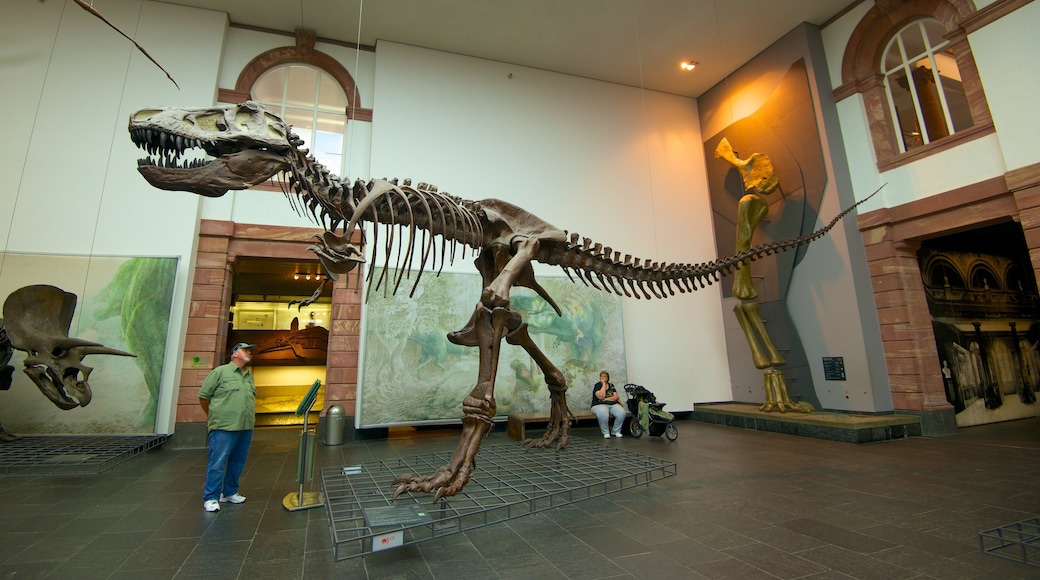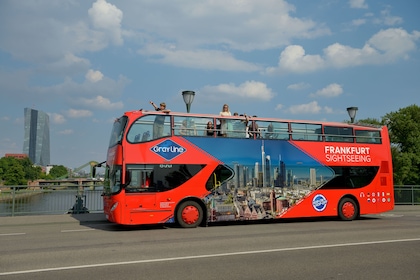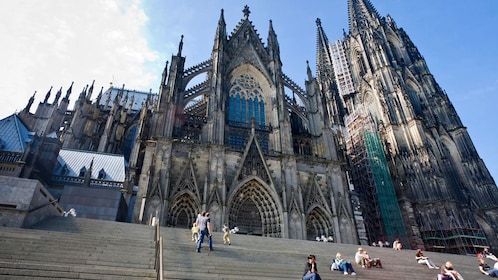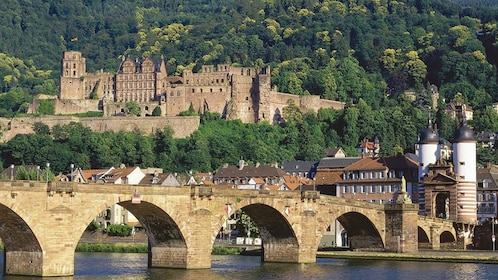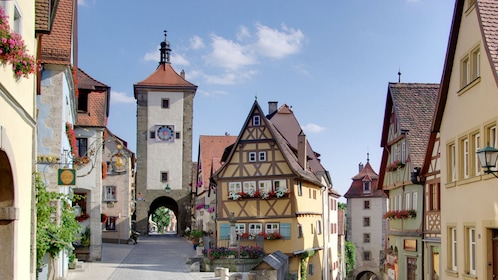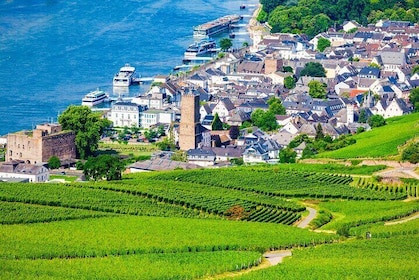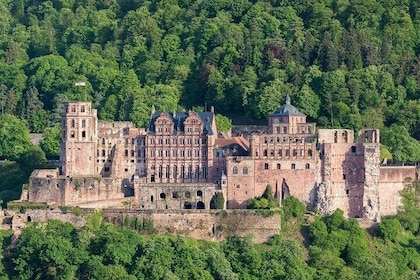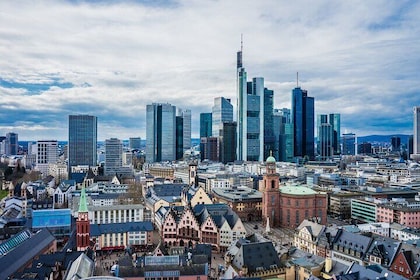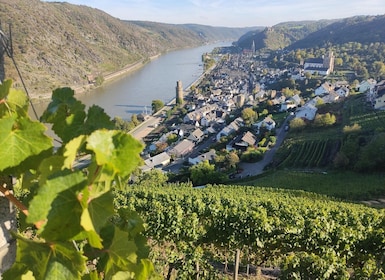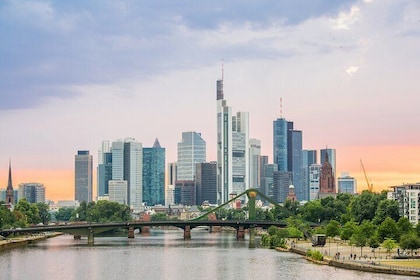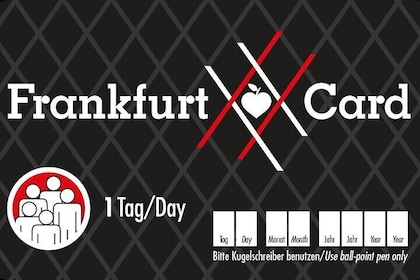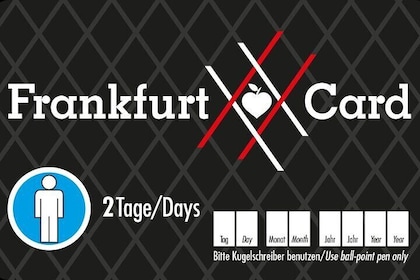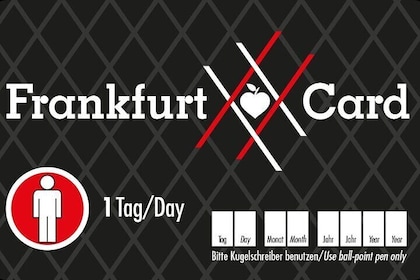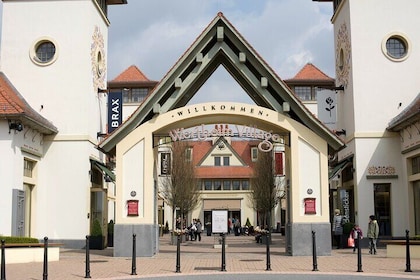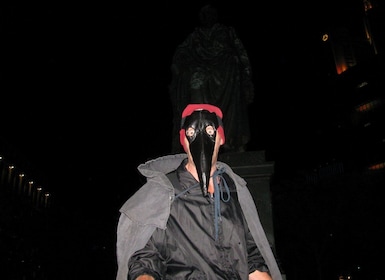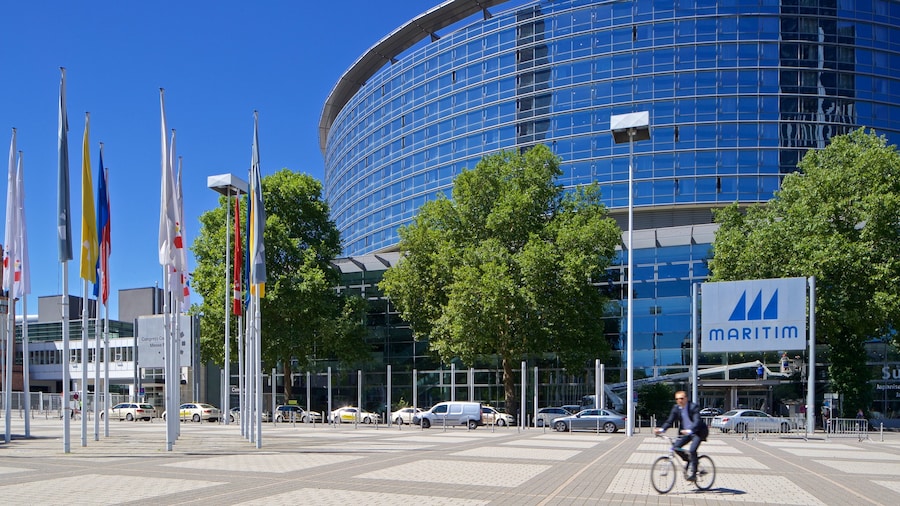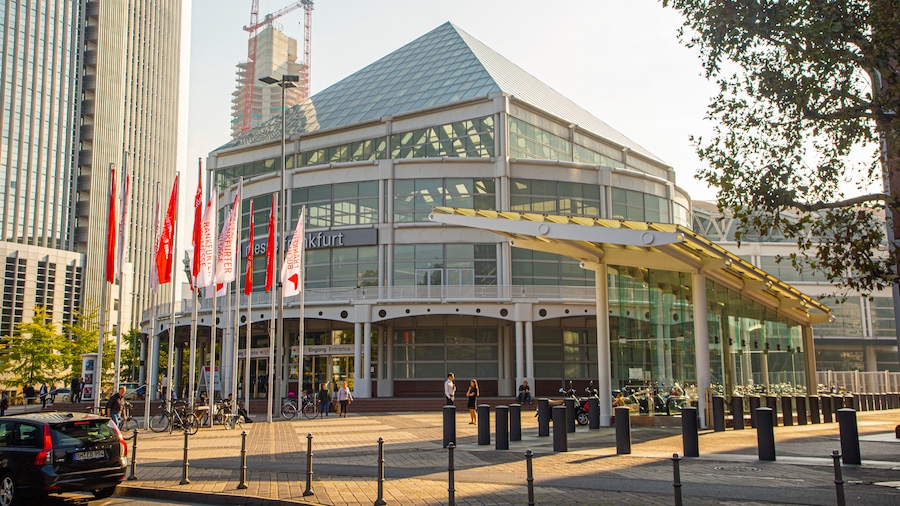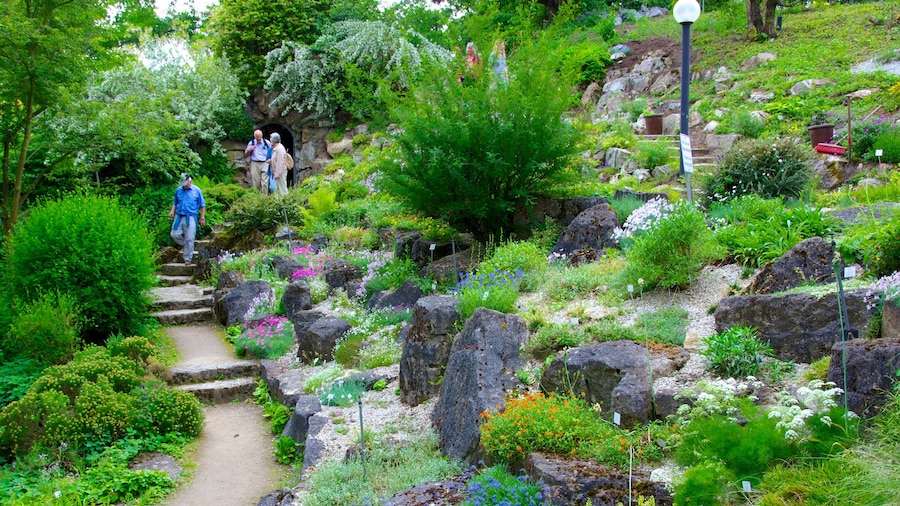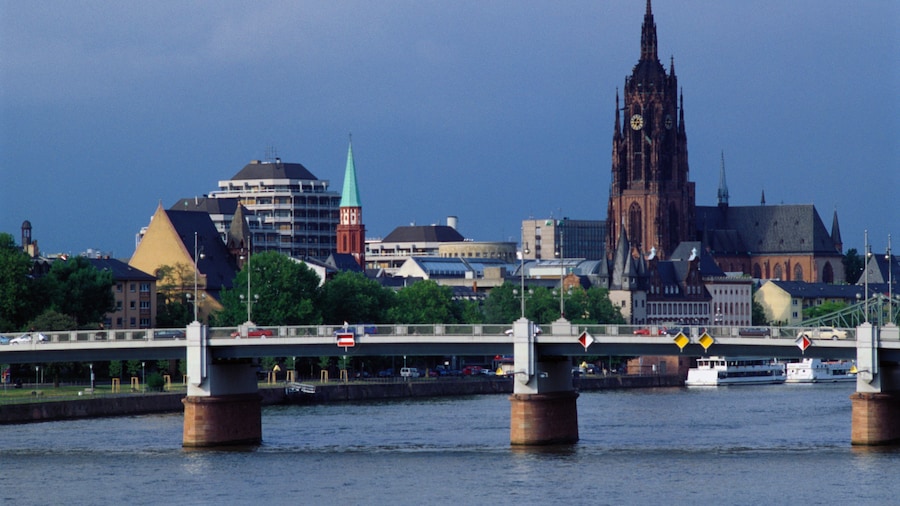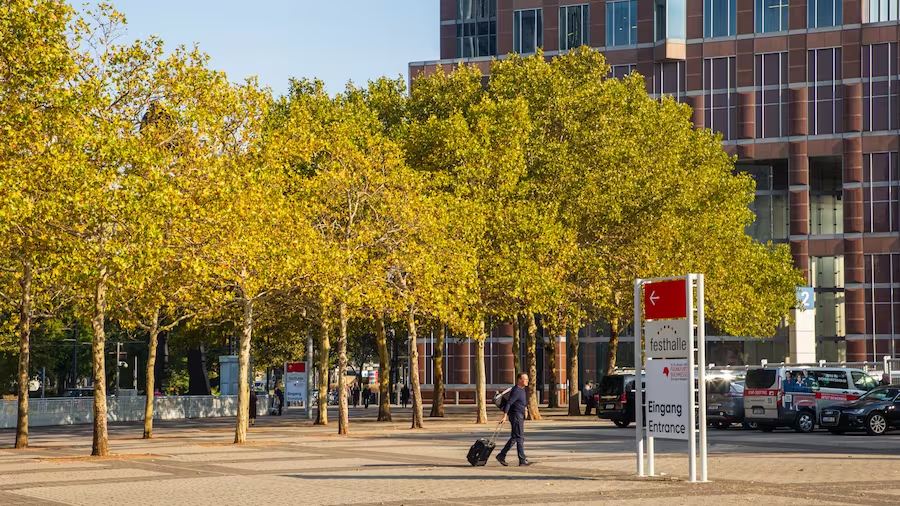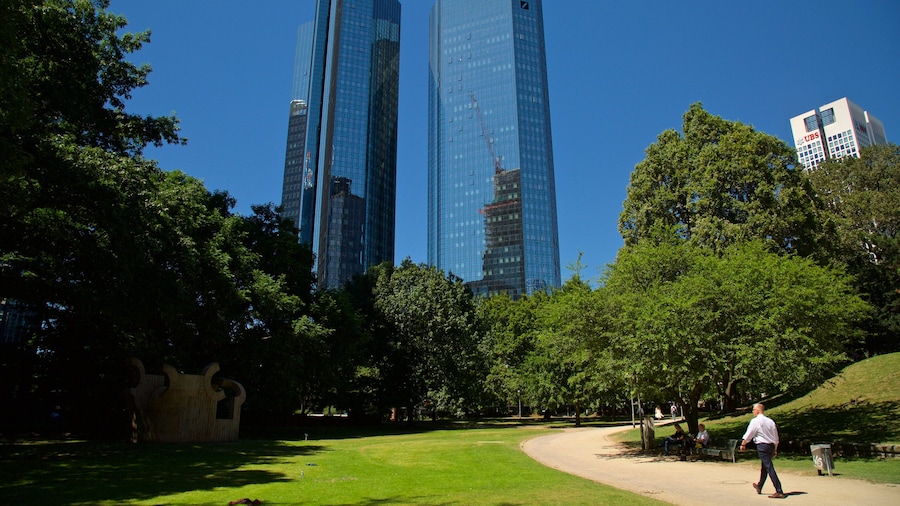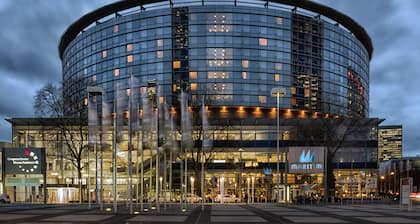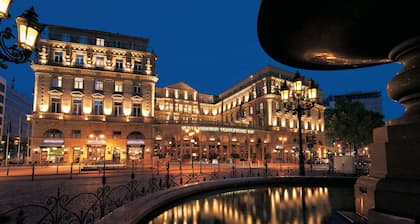Visit Senckenberg Museum to learn about the world as it was millions of years ago and discover animals and plants, from extinct spiders to living Komodo dragons.
Be sure to see the dinosaur exhibits. This is one of the biggest collections of dinosaur fossils in Europe and the most popular area of the museum. See the tyrannosaurus, stegosaurus and triceratops. Discover the placodus, a water-dwelling reptile. The Senckenberg Museum is the only place in the world where you can see a full skeleton of this unique creature often only the teeth are preserved. Look for skin and teeth on the almost complete skeleton of the edmontosaurus, a “dinosaur mummy” found in the U.S. Go to the Geopark outside the museum to compare the size of your feet to those of dinosaurs in fossilized footprints.
Browse exhibits dedicated to the natural world today. See the world’s tallest tree and the world’s smallest animals in the “Giants and Dwarves” exhibit. The smallest mammal in the world is the Etruscan shrew, which weighs just 2 grams (0.07 ounces).
Budding geologists will enjoy viewing the rocks and minerals on display. See meteorites and fluorescent glow-in-the-dark rocks.
Dioramas show animals in their natural habitats. See taxidermy elks in the forests of northern Europe and one of 24 preserved specimens of the quagga, a savage horse that became extinct in the 1930s.
Hire an audio guide for a small fee and gain additional insight into 50 of the museum’s displays.
The Senckenberg Museum lies northwest of the Old Town, close to the science centre and Goethe University. There’s a U-Bahn stop within 10 minutes walk of the museum. There is no on-site parking, but a parking garage on Siesmayerstrasse is within walking distance.
There is a general admission fee for the museum, which is open daily.
